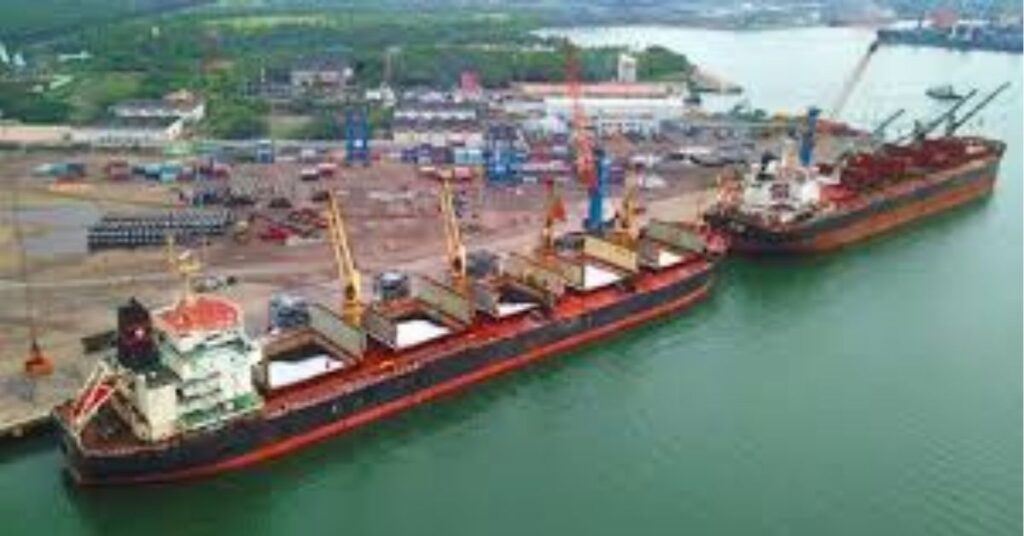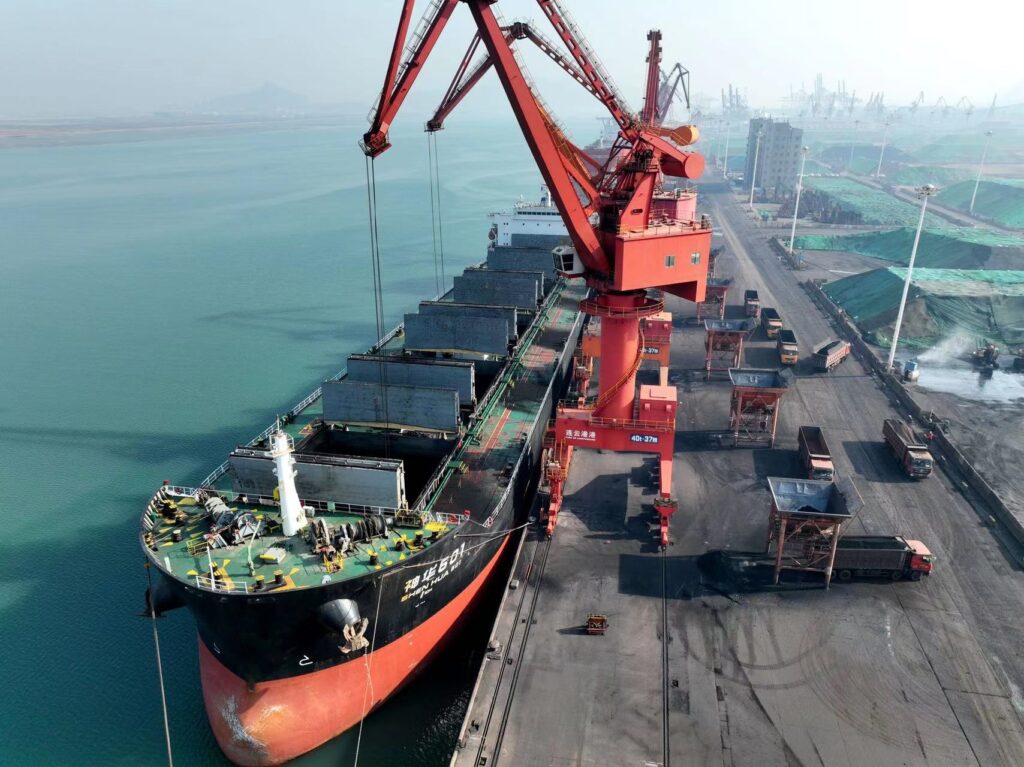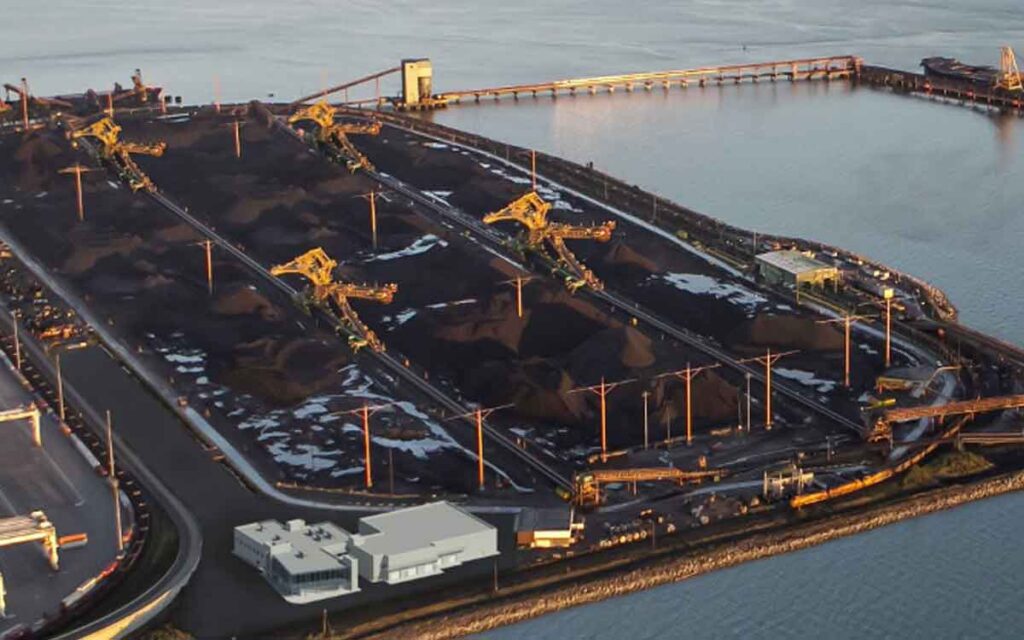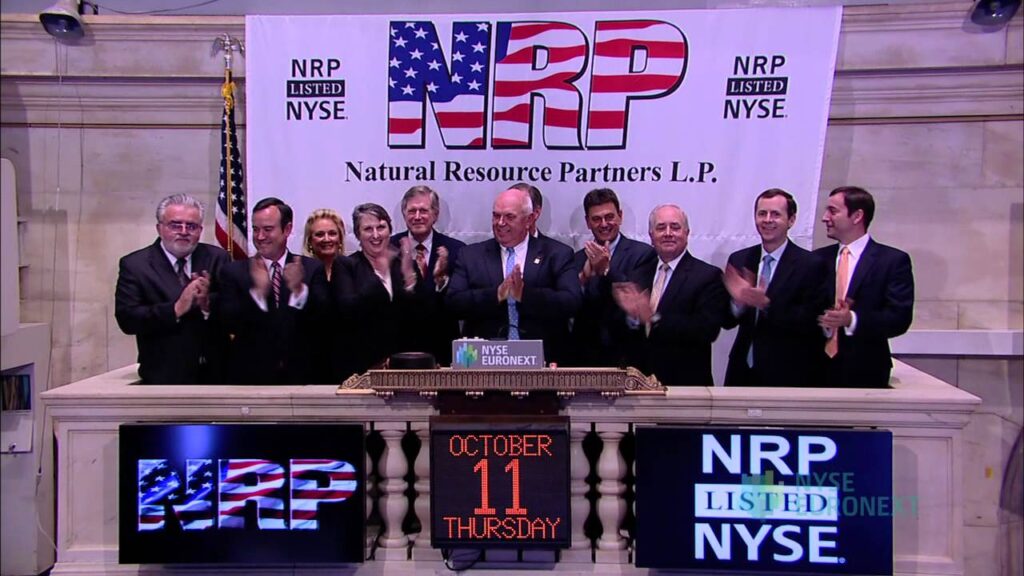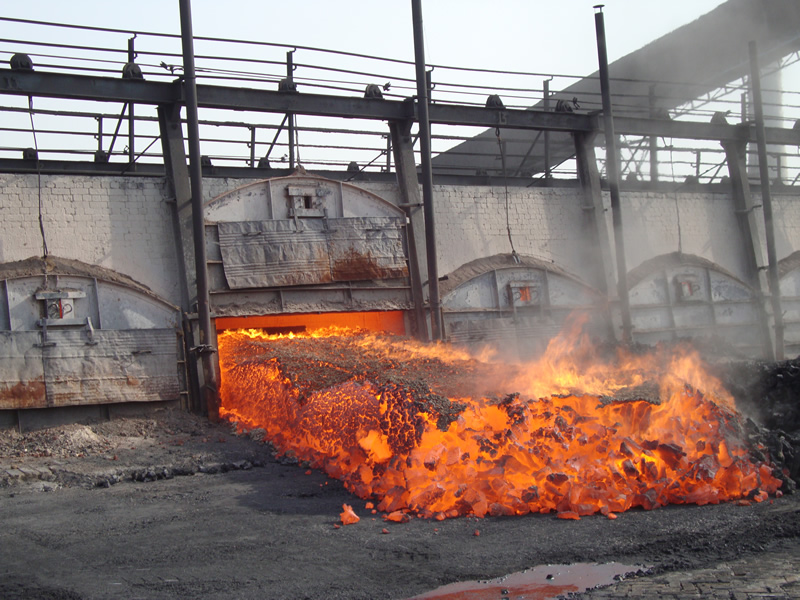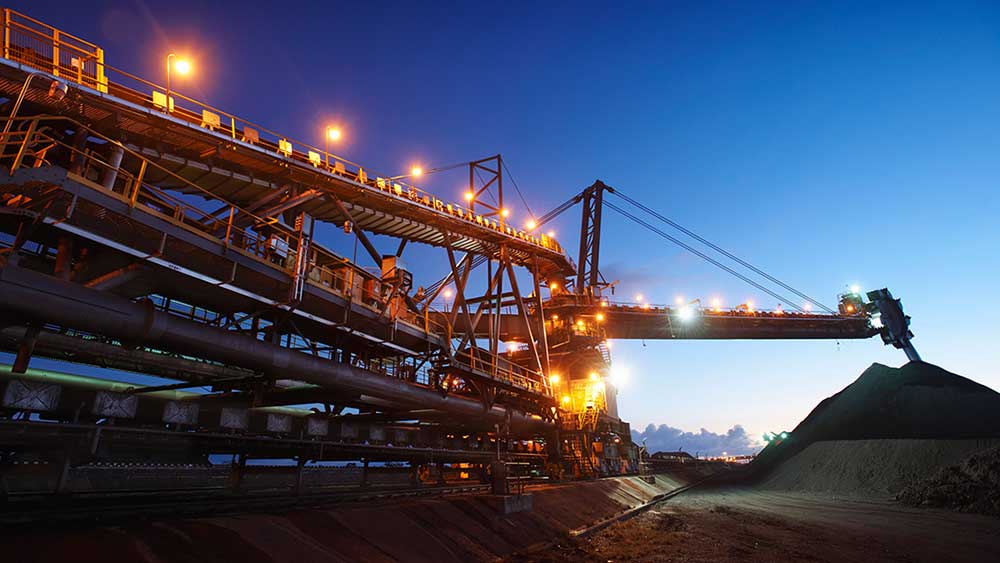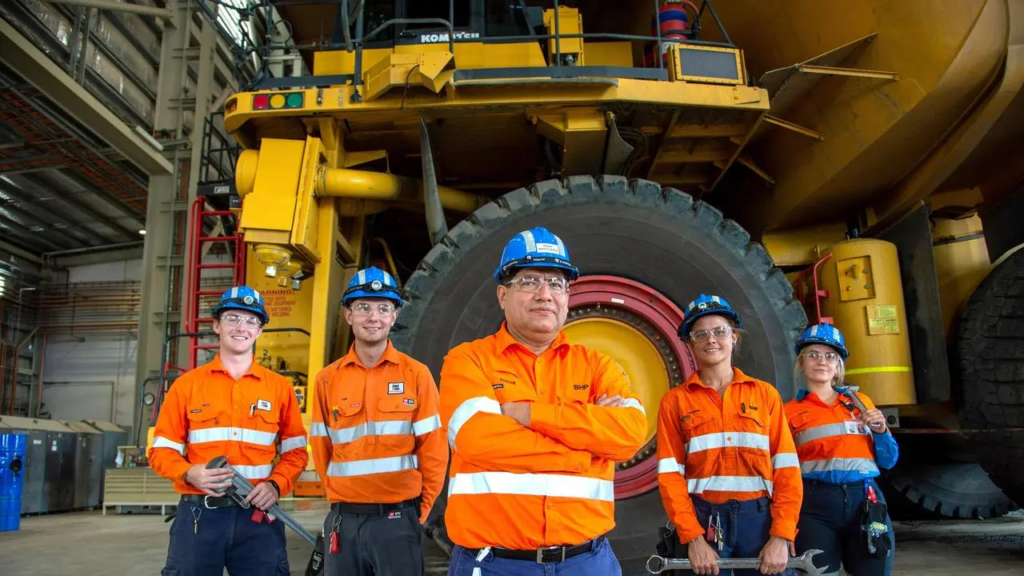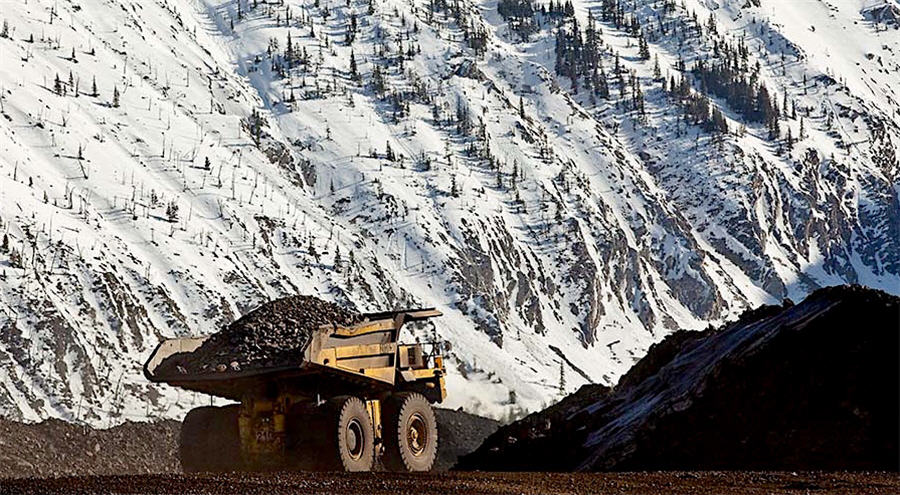
*India lessens dependence on Australian coal
*Higher shipments from Russia, US point to import diversification
*Geopolitical turmoil, energy inflation affect coal trade dynamics
*Outlook on Indian coking coal imports remains buoyant
Morning Brief: India’s imports of coking coal have increased by over 9% in FY’24 to 57.28 million tonnes (mnt) compared with FY’22. Imports have edged up by around 6% y-o-y in FY’24 from 54.05 mnt in FY’23, as per BigMint data. Likewise, imports of pulverised coal injection (PCI) coals used by BF-based steel producers have increased nearly 18% in FY’24 since FY’22.
The surge in overall imports of metallurgical coal is obviously linked to India’s fast-paced growth in crude steel production, which reflected a rise of 13% y-o-y in FY’24 to touch 143 mnt. The met coal-guzzling BF-BOF route witnessed an increase of around 5% in crude steel production to 61 mnt in FY’24, with hot metal production assessed at 87 mnt.
Imports have a disproportionately large share of over 90% of India’s metallurgical coal consumption, although there have been subtle shifts in trade dynamics since FY’22, with an unprecedented rise in energy inflation globally which saw coal prices touching historic highs amid geopolitical upheavals.
Snapshots of trade dynamics
*Imports from Australia shrink, Russian, US shipments rise: India’s imports of coking coal from Australia fell by 3% y-o-y in FY’24 to 34.5 mnt, although shipments have decreased nearly 16% since FY’22. Data reveal that Australia’s share in India’s coking coal import basket has declined to around 60% in FY’24 compared with 78% in FY’22. Imports of PCI coals from Australia, too, have fallen by sharply by 40%.
The void left by shrinking imports from Australia has been filled by higher shipments from Russia, the US and Canada, particularly Russia. Russian coking coal imports have spiked phenomenally by nearly 220% in FY’24 compared with FY’22. Imports from the US and Canada, too, have risen by around 130% and 74%, respectively, during the period under introspection.

*PCI imports show sustained uptrend: Although India’s imports of PCI coals remained stable y-o-y in FY’24, shipments reflect a marked 18% growth during the review period. Indian integrated mills have raised PCI usage mainly for cost reduction purposes, as higher PCI usage enables lesser met coke requirements in BF ironmaking. The PCI rate per tonne of hot metal in the BF has the potential to rise to a level of 180-220 kg from an average level of 150-180 kg. Some State-owned mills still have a rate of around 110-120 kg at present, which they intend to raise to 150 kg in the coming time, sources said.
However, in the PCI segment, too, BigMint observes Australian high-grade PCI imports being replaced overwhelmingly by Russian material. While Australian PCI imports have decreased by 40% during the review period, Russian exports of PCI into India have grown from a level of 1.6 mnt in FY’22 to 10 mnt in FY’24.
*Price factor weighs heavily: The changing dynamics of India’s coking coal imports may readily be explained by the fact that Australian PHCC prices and, in the same token, prices of other grades of coking coal had risen sharply after imposition of sanctions on Russia. Due to extreme volatility in premium coking coal prices, and cost-competitive Russian cargoes, the choice was obvious for buyers. It is particularly striking that import volumes from the Atlantic market have edged up quite sharply, despite higher freights, due to the abnormal rise in Australian PHCC prices.

BigMint believes that Indian BF steel producers are highly affected due to the volatile environment prevailing in the coking coal market. Of course, we expect that the BF-based steel mills are conducting many experiments with regard to changing coal blends for coke preparation. Notably, higher PCI use can hardly negate the importance of quality coke with higher strength after reactivity needed to ensure BF ironmaking efficiency.
Outlook
Production of crude steel in India is likely to edge up to 148-150 mnt in FY’25, as per BigMint projection. We expect hot metal production to touch a level of 95 mnt by the last of this fiscal. It is important to note that, on a y-o-y basis, India’s crude steel production via the IF and EAF routes increased by 25% and 12%, respectively, in FY’24-with the growth rate being higher than the BF-BOF route.
But the outlook leans towards heavy investments and capacity enhancements in the BF-BOF segment. Australian government data show that India’s seaborne metallurgical coal imports, which have already overtaken China, will likely exceed 80 mnt in the next 2-3 years. Alongside, Global Energy Monitor data reveal that India’s BF capacity announcements and installations surpass those of China in the run up to 2030.
Therefore, the outlook on India’s metallurgical coal imports continues to remain bright. However, the government’s effort to use comparatively low-grade domestic coking coal in stamp charging processes has the objective of reducing import dependency. This effort will take some years to mature depending on technological growth and pace of adoption.
It is also important to note that export duty on Russian coal, existing problems relating to logistics in the Russian Far East, and the ever-present shadow of sanctions threaten to throttle supplies-which is highly likely to impact Indian buyers. This threat, of course, poses a near-term obstacle to seamless seaborne supplies. So, Indian buyers may not be in a position yet to lower dependence on Australia despite severe volatility in the premium coking coal market.
Source: Bigmint

